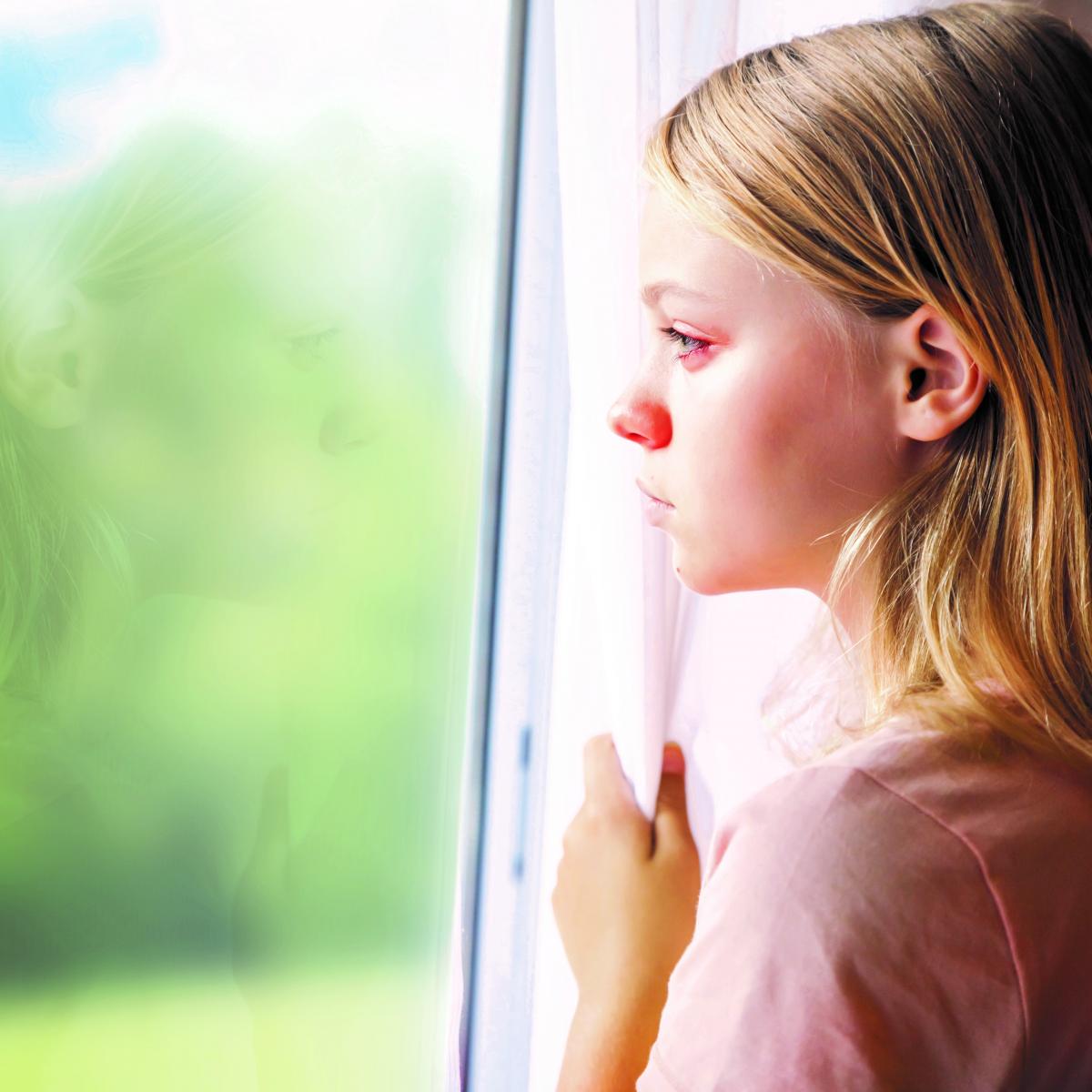
Respiratory allergies
Among respiratory allergies, allergic rhinitis is the most commom disease affecting between 10% and 30% of all adults and as many as 40% of children1.
Allergic rhinitis is also frequently associated with asthma, which is found in 15% to 38% of patients with allergic rhinitis and nasal symptoms are present in 6% to 85% patients with asthma2.
Due to the high prevalence and broad spectrum of severity of respiratory allergies, and cost variations between countries, the global economic burden is difficult to estimate. Overall, these diseases have a serious impact on quality of life, direct costs and indirect costs notably associated with loss of work productivity3.
People who are sensitised to aeroallergens develop allergic rhinitis with symptoms such as a runny nose, itching, watery eyes, respiratory congestion and fatigue. The most common aeroallergens include house dust mites, pollen, mould and pet dander. Respiratory allergies can be seasonal or perennial.
An often-underestimated consequence of allergic rhinitis is that it also puts people at a greater risk of developing asthma. People with allergic rhinitis are three times more likely to develop asthma than other people, and the risk for patients with house dust mite-induced allergic rhinitis is about six times higher than those whose allergic rhinitis is caused by grass pollen1.
The rise in respiratory allergies can be explained by a variety of factors such as improved hygiene and lifestyle changes. The changes our environment is undergoing also contribute to the increase of allergies. Global warming is leading to longer pollination periods, increasing the amount of pollen in the air and higher allergenic potency. Atmospheric pollution, particularly ozone and diesel particles, is also thought to play a role in the increased frequency of pollen allergies4.
Symptoms
Potential allergy symptoms in humans cover a variety of symptoms which can range from mild to severe. Symptoms vary from one person to another and according to the allergy. If left untreated allergy symptoms can worsen over time.
Symptoms include:
- Psychological symptoms: fatigue, irritability, poor sleep, negative effect on concentration and performance.
- Allergic conjunctivitis with itchy, red and watery eyes.
- Allergic asthma with dry cough and shortness of breath.
- Skin or digestive discomfort.
- Wheezing.
- Constricted airways in the lungs.
- Severe lowering of blood pressure and shock.
- Allergic rhinitis with sneezing and blocked or runny nose. Swelling and itching in the oral area.
- Suffocation by swelling of the throat and larynx.
- Anaphylaxis a potentially life-threatening reaction that can impair breathing and send the body into shock.
2. Brozek et al. Allergic Rhinitis and its Impact on Asthma (ARIA) guidelines-2016 revisionJ Allergy Clin Immunol 2017 Vol. 140 Issue 4 Pages 950-958

